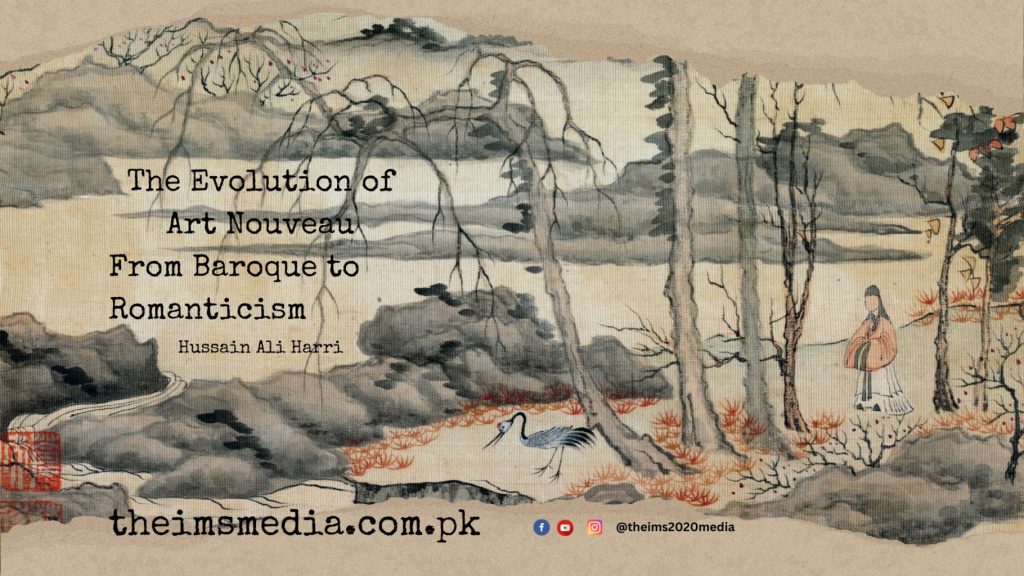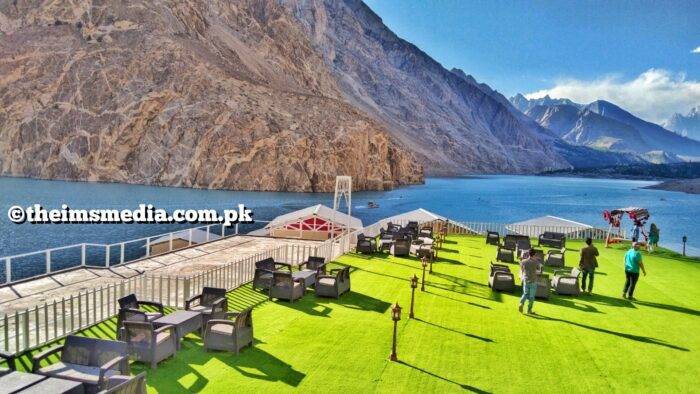
The Evolution of Art Nouveau: From Baroque to Romanticism
Art Nouveau was a region of Europe that developed a distinctive style through its artistic influences such as oppression, portraiture, and opulence. Its focus on diversity and inclusivity influenced French society, leading to a period of decline in the art form that spanned from Baroque to Romanticism. In this article, we will explore the evolution of Art Nouveau, from its early beginnings to its modern-day manifestations.
The Early Years of Baroque Art
Baroque art throughout the 18th century marked a significant shift in Western art styles. This era saw the rise of the Renaissance and the Industrial Revolution, which revolutionized many aspects of Western art. During this time, painters like Claude Monet and Georges Braque were among the prominent figures in the development of new forms of artistic movement. These movements rejected traditional techniques and instead focused on experimentation and expression.
Baroque Period (1832-1912)
During the 19th century, Baroque underwent another transformation. During this time, Art Nouveau saw a revival of traditional Baroque techniques and introduced new approaches to composition. This led to a renewed interest in both Baroque and Romanticism, which tended to focus less on innovation and more on conceptualization and exploration. Some notable works include:
“The Monet: An Introduction,” by Charles Tyrwhittland (1961), “The Monet,” and “La Vieille.” Published in 1937, it marked a departure from previous decades’ Baroque techniques while providing readers with a unique perspective on the subject matter.
“The Monet: An Introduction,” by René Magritte (1942-1966), “The Monet,” and “La Vieille.” Painted by Jean-Jacques de la Tourne des Arts (1971), it introduced key figures like Claude Monet and Georges Braque as central figures in the development of new forms of art.
“The Monet: An Introduction,” by Méliès Blois (1971), “The Monet,” and “La Vieille.” Published in 1974, it introduced several prominent figures like Claude Monet and Georges Braque as central figures in the development of new forms of art. Another significant work is “La Vieille,” which established a previous deal with the introduction of Haydn’s “In Paris” series. This series explores themes related to the struggles among women during World War I, particularly during the post-World War II era.
Contemporary Reinterpretations during World War II
During World War II, Art Nouveau underwent another transformation. Many artists sought to revive classic styles into something newer and innovative. One notable example is Sophie Turner’s “Woman with Arms” series, which followed the tragic end of World War II as a result of speculation into modern sexual orientation and sexual orientation issues. Other notable works include Gertrude Leger’s “City Lights” series, which included references from interior designers like Mary Pickford and Eugène Ferriebsen. These works continue to inspire new generations of artists both male and female.


kji73j
All the readers are requested that this website is made for educational content only, you should study our posts with a constructive and research mind and try to improve us with your valuable and intellectual reasoning to increase our interest. Our other website is for advertising and other business activities, where you can write about your business or activities in your comments so that we can promote it. So you can place your ads there to be promoted internationally. Thank
visit for advertisements
universalinfoads.wordpress.com
Thank you for providing me with these article examples. May I ask you a question?
Of course! Feel free to ask your question, and I’ll do my best to help you.
Please tell me more about this. May I ask you a question?
Of course! I’d be happy to provide more information. Please feel free to ask your question, and I’ll do my best to help you with it.
Thank you for your post. I really enjoyed reading it, especially because it addressed my issue. It helped me a lot and I hope it will also help others.
Thank you so much for your kind words! I’m glad to hear that my post was helpful to you and addressed your concerns. It’s always rewarding to know that the information can assist others as well. If you have any further questions or need more support, feel free to reach out!
Some truly tremendous work on behalf of the owner of this site, dead outstanding subject material.
Thank you for your kind words! It’s great to hear that you appreciate the work and the subject material on this site. If you have any specific topics or feedback in mind, feel free to share!
You’ve the most impressive websites.
Thank you for your kind words! I’m glad you find the websites impressive. If you have any specific questions or need recommendations about certain types of websites, feel free to ask!
You’ve been great to me. Thank you!
You’re very welcome! I’m glad to hear that you’ve found my help valuable. If you have any more questions or need assistance with anything else, feel free to ask!
Your articles are very helpful to me. May I request more information?
I’m glad to hear that you find the articles helpful! I’d be happy to provide more information. Could you please specify the topics or areas you’re interested in? This way, I can offer you the most relevant and detailed information.
Usually I don’t read article on blogs, but I would like to say that this write-up very forced me to try and do it! Your writing style has been surprised me. Thanks, quite nice article.
Dear readers, we are delighted to have you on our website. Your visit is warmly welcomed. We appreciate your encouragement and positive feedback, and we hope you will continue to support us in this manner. Thank you.
) سأعيد زيارتها مرة أخرى لأنني قمت بوضع علامة كتاب عليها. المال والحرية هي أفضل طريقة للتغيير، أتمنى أن تكون غنيًا و
Dear readers, we are delighted to have you on our website. Your visit is warmly welcomed. We appreciate your encouragement and positive feedback, and we hope you will continue to support us in this manner. Thank you.
hi!,I love your writing very much! share we communicate extra approximately your article on AOL? I require an expert on this space to resolve my problem. May be that’s you! Looking ahead to look you.
Dear readers, we are glad to have you on our website. Your visit is warmly welcomed. We appreciate your encouragement and positive feedback, and we hope that you will continue to support us in this way. thanks
It contains fastidious material.|I think the admin of this website is actually working hard in favor of his site,
Welcome!
We extend a warm welcome to all our esteemed readers and visitors. Your presence on our blog is not merely appreciated; it is invaluable. We sincerely appreciate your engagement and are eager to hear your useful advice as we strive for excellence in our content. In our pursuit of continuous improvement, we recognize the importance of constructive feedback. Our primary goal is to provide informative and engaging posts that resonate with our audience. To that end, we invite you to subscribe to our blog. By doing so, you will be among the first to receive new content and updates, ensuring a more immersive and enriching experience. Moreover, your insights and suggestions are crucial in shaping the direction of our posts. We genuinely believe collaboration with our readers can enhance quality and more relevant topics. As we navigate the evolving landscape of information and discourse, your guidance will help us refine our approach and better serve your interests. Thank you for considering our invitation to subscribe and contribute your thoughts. Together, we can foster a community of knowledge and shared experience, amplifying the impact of our work. We look forward to your continued support and engagement. Subscribe our News Latter
Fiquei muito feliz em descobrir este site. Preciso de agradecer pelo vosso tempo
Welcome!
We extend a warm welcome to all our esteemed readers and visitors. Your presence on our blog is not merely appreciated; it is invaluable. We sincerely appreciate your engagement and are eager to hear your useful advice as we strive for excellence in our content. In our pursuit of continuous improvement, we recognize the importance of constructive feedback. Our primary goal is to provide informative and engaging posts that resonate with our audience. To that end, we invite you to subscribe to our blog. By doing so, you will be among the first to receive new content and updates, ensuring a more immersive and enriching experience. Moreover, your insights and suggestions are crucial in shaping the direction of our posts. We genuinely believe collaboration with our readers can enhance quality and more relevant topics. As we navigate the evolving landscape of information and discourse, your guidance will help us refine our approach and better serve your interests. Thank you for considering our invitation to subscribe and contribute your thoughts. Together, we can foster a community of knowledge and shared experience, amplifying the impact of our work. We look forward to your continued support and engagement. Subscribe our News Latter
My brother suggested I might like this blog He was totally right This post actually made my day You can not imagine simply how much time I had spent for this info Thanks
Thank you for your reading, appreciation, and guidance.